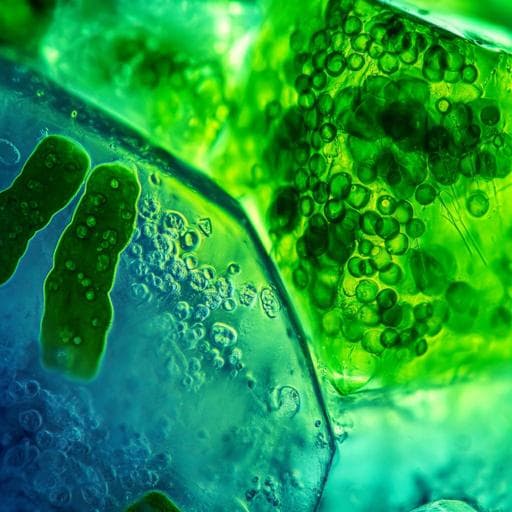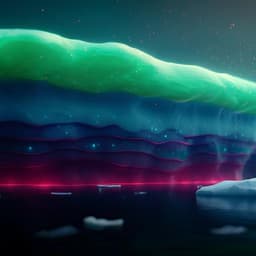
Biology
Mapping the *in situ* microspatial distribution of ice algal biomass through hyperspectral imaging of sea-ice cores
E. Cimoli, V. Lucieer, et al.
Discover how ice-associated microalgae contribute to primary production in polar regions! This innovative study, conducted by Emiliano Cimoli and colleagues, utilizes hyperspectral imaging for high-resolution mapping of phototrophic biomass in sea-ice cores, revealing astonishing insights into under-ice biophysical systems.
~3 min • Beginner • English
Related Publications
Explore these studies to deepen your understanding of the subject.







